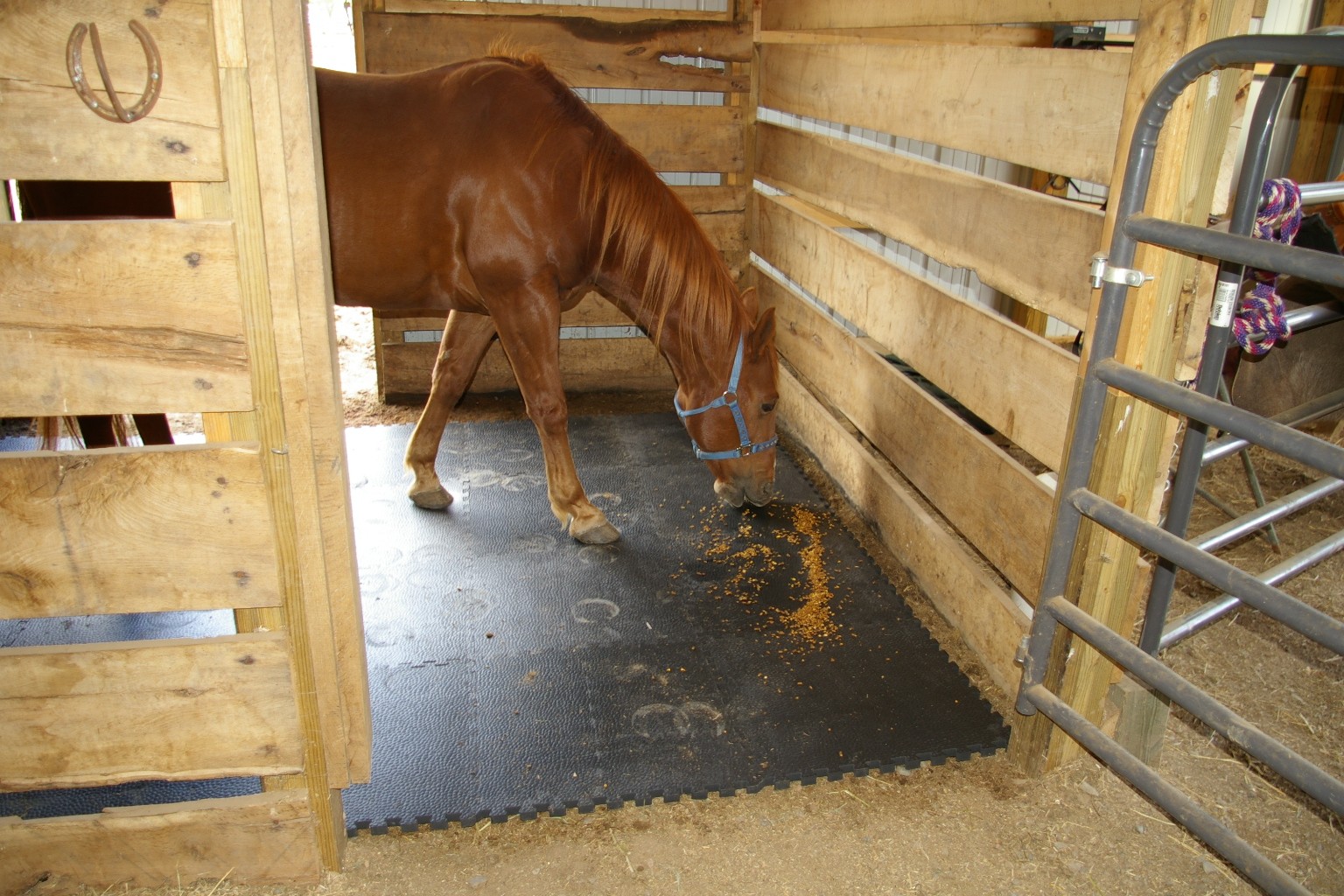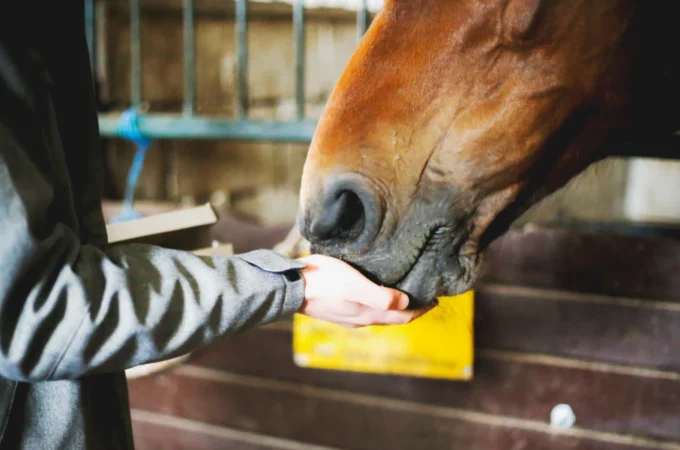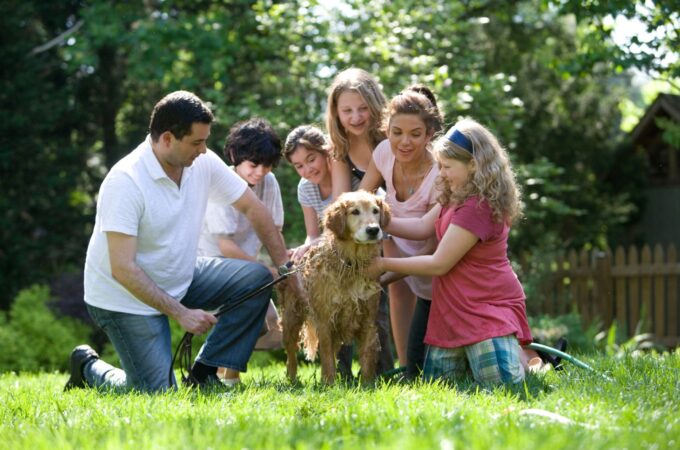
Ensuring Safety And Hygiene How to Properly Install And Maintain Stable Mats
Stable mats are essential components in equestrian facilities, providing comfort, support, and insulation for horses. However, to ensure the well-being and health of the horses, proper installation and maintenance of stable mats are crucial. A well-installed and well-maintained stable mat not only enhances the safety and comfort of the animals but also contributes to a hygienic and efficient stable environment. In this blog, we will delve into the essential steps for installing and maintaining stable mats, highlighting key practices that promote safety, hygiene, and overall horse welfare.
Proper Installation A Solid Foundation
The first step to ensuring the safety and effectiveness of stable mats is a proper installation process. Start by ensuring the stall floor is level, free from debris, and adequately drained. Any unevenness or debris under the mats could compromise their stability and create discomfort for the horses.Next, choose stable mats that fit the stall dimensions appropriately. Properly sized mats will prevent gaps and seams, reducing the risk of tripping and entrapment for the horses. Trim the mats, if necessary, to achieve a perfect fit.Use appropriate adhesives or connectors to secure the mats in place, preventing shifting or curling at the edges. An even and secure mat placement will not only protect the horses from potential injuries but also make cleaning and maintenance more straightforward.
Ensuring Safety Preventing Slips and Falls
Stable mats play a crucial role in preventing slips and falls, ensuring the safety of horses within their stalls. To maximize their anti-slip properties, clean the mats regularly to remove dirt, dust, and manure that might accumulate on the surface. This will maintain the tackiness of the mats and improve their grip. Additionally, avoid using excessive amounts of bedding on top of the stable mats, as too much bedding can reduce the mat’s effectiveness in providing traction. A balanced amount of bedding is ideal for offering comfort while allowing the stable mat’s surface to remain slip-resistant.Monitoring the stable mats for any signs of wear or damage is also essential. Replace any damaged mats promptly to maintain a safe and secure stall environment for the horses.

Hygiene Cleaning and Disinfecting
Maintaining a clean and hygienic stable environment is vital for the health and well-being of the horses. Stable mats can significantly contribute to a hygienic environment, but they require regular cleaning and disinfecting.Start by removing all bedding material from the stalls. Use a pitchfork or shovel to clear out manure, hay, and any debris. Once the stall is clean, use a broom or brush to sweep away any remaining dirt and dust from the mats.To disinfect the mats, use a horse-safe disinfectant diluted according to the manufacturer’s instructions. Thoroughly spray the disinfectant on the mats and let it sit for the recommended time to ensure all pathogens are effectively killed. After the appropriate dwell time, rinse the mats with water to remove any residue.Regular cleaning and disinfecting will prevent the buildup of harmful bacteria and parasites, reducing the risk of infections and ensuring the horses are housed in a clean and hygienic environment.
Regular Inspections Early Detection of Issues
Perform regular inspections of the stable mats to detect any signs of wear, damage, or lifting. Address any issues promptly to prevent further damage and to maintain the mats’ integrity.Look for signs of curling, cracking, or damage along the edges of the mats. These areas are vulnerable to wear and tear and can compromise the stability of the mats over time. Replace any damaged mats immediately to avoid potential hazards for the horses.Also, check the seams between the mats for any openings or gaps. Properly align and secure the mats to eliminate tripping hazards and maintain a seamless surface.
Conclusion
Proper installation and maintenance of stable mats are essential for ensuring the safety, hygiene, and overall well-being of horses in equestrian facilities. A well-installed mat provides a comfortable and stable surface for the horses to stand and lie on, while regular cleaning and disinfecting prevent the buildup of harmful pathogens.By following the steps outlined in this blog, horse owners and stable managers can create a safe, hygienic, and comfortable environment for their equine companions. Regular inspections, prompt replacement of damaged mats, and proper cleaning practices will not only protect the horses from injuries but also contribute to the longevity and effectiveness of stable mats in providing a secure and healthy stable environment. With the right approach, stable mats become an integral part of maintaining a safe and pleasant home for the horses in equestrian facilities.




